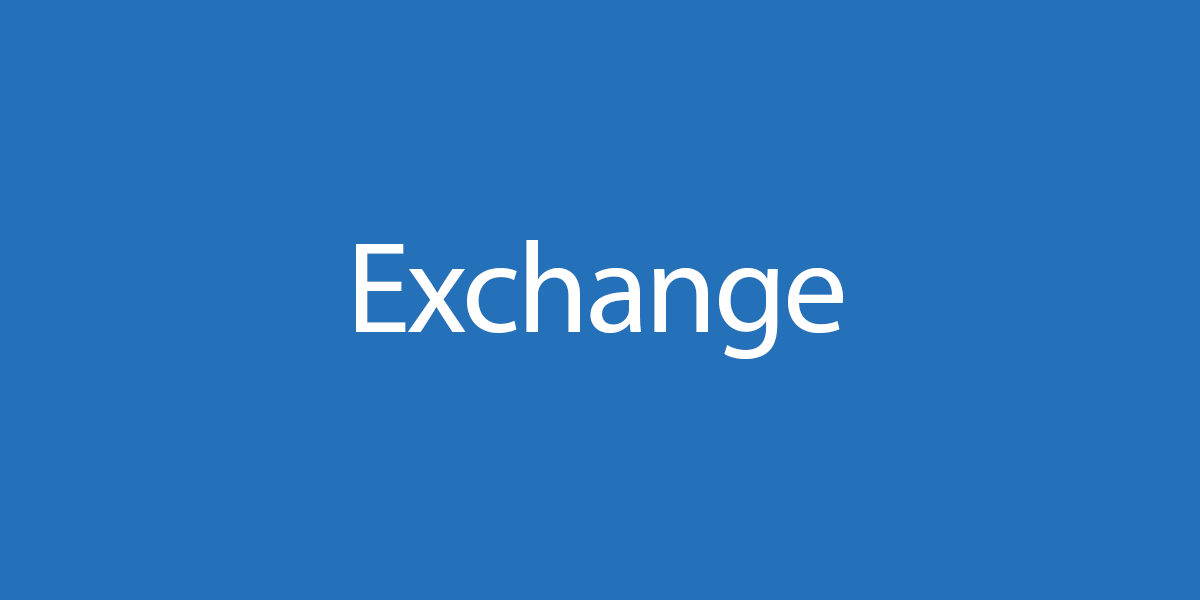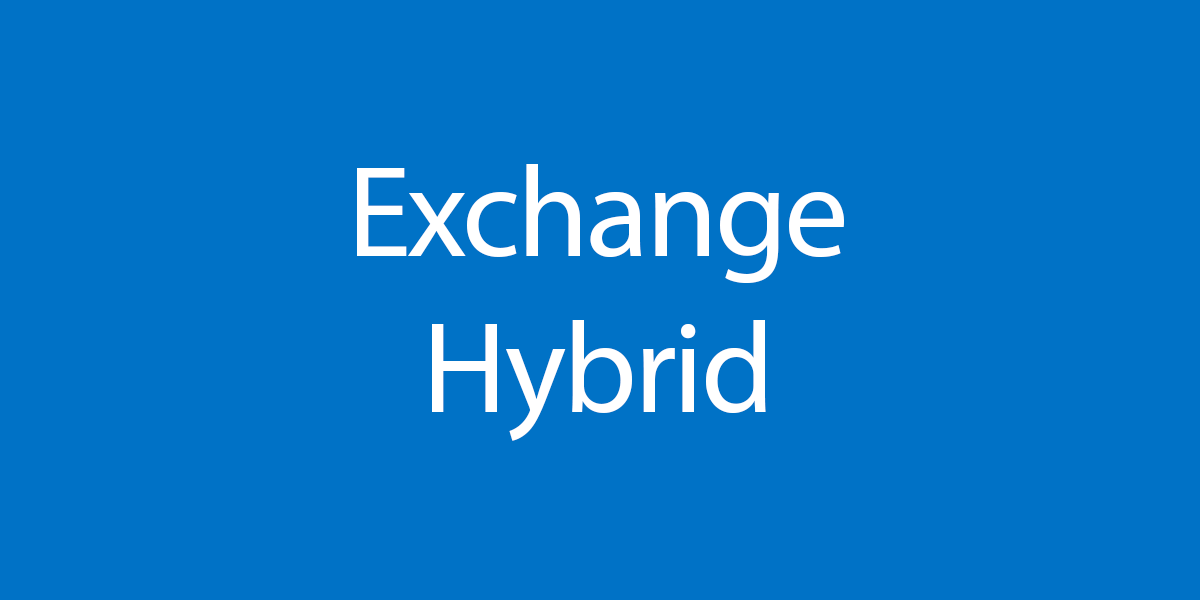We are unable to recreate Exchange virtual directory in Exchange Management Shell, and a couple…
Exchange Server Edition comparison
Before buying Exchange Server, you need to look at the Exchange Server edition comparison. Microsoft Exchange Server is available in two server editions: Standard Edition and Enterprise Edition. In this article, you will learn when to choose between Exchange Server Standard or Exchange Server Enterprise.
Table of contents
Exchange Server Editions
When you buy Exchange Server, you will get an Exchange Server license. The license key needs to be entered after installing Exchange Server. When entering a valid product key, the supported Standard or Enterprise Edition is established.
Exchange Server Standard Edition
- Maximum of 5 mounted databases per server
- Database size limit is 1 TB (1024 GB)
Exchange Server Enterprise Edition
- Maximum of 100 mounted databases per server
- Database size limit is 16 TB (16384 GB)
Important: Exchange server Standard Edition can’t mount databases larger than 1 TB (1024 GB). This means that the database will automatically dismount when it reaches 1 TB.
A mounted database is a database that is in use. A mounted database can be an active mailbox database mounted for use by clients or a passive mailbox database mounted. While you can create more databases than the limits described above, you can only mount the maximum number specified above. The recovery database does not count toward this limit.
Note: You can run a DAG with both Exchange Standard and Enterprise Edition. It depends on how many mounted databases each server is going to have.
Exchange Server Trial Edition
The Exchange server will automatically run as a Trial Edition if you don’t provide a key. The Trial Edition functions just like an Exchange Standard Edition server and is helpful if you want to try out Exchange before buying.
You can use the Trial Edition license for up to 180 days. If you want to keep using the server beyond 180 days, you’ll need to enter a product key, or the Exchange admin center (EAC) will start to show reminders that you need to enter a product key to license the server.
Read more: Enter product key in Exchange Server »
Move from Exchange Editions
It’s possible to use a valid product key and move from Exchange Editions. Supported methods for moving Editions are:
- Trial to Standard
- Trial to Enterprise
- Standard to Enterprise
Not supported methods for moving Editions are:
- Enterprise to Standard
- Enterprise to Trial
- Standard to Trial
You can’t use product keys to downgrade from Enterprise Edition to Standard or Trial Edition. Instead, reinstall Exchange Server if you want to downgrade to these editions.
Note: If you have less than five databases, start with Exchange Server Standard Edition. Each database has a storage capacity of 1024 GB (1 TB), giving you a maximum of 5120 GB (5 TB). How many mailboxes you put in each database is up to you, don’t forget the database capacity limit. You can always upgrade to Exchange Server Enterprise Edition. For example, if the company is growing.
Important: The information in this article applies only to the Exchange server licenses. You need to buy the Client Access Licenses (CALs) separately. Read more about Exchange Server licensing.
Conclusion
You learned the difference between Exchange Server Editions. There are two editions, Standard and Enterprise. Look into the Exchange Server edition comparison before buying Exchange Server.
Did you enjoy this article? You may also like Exchange Server in DMZ or LAN network. Don’t forget to follow us and share this article.


Database size limit is single database mailbox or total of databases mailbox?
The database size limit is for a single mailbox database.
hi Ali
what i was asking you is any one in our company are sending to another person witout the knowledge of that person using smtp:port:25…….how to make authentication required
Hi,
How can I check whether Exchange was installed in German or English?
Thanks